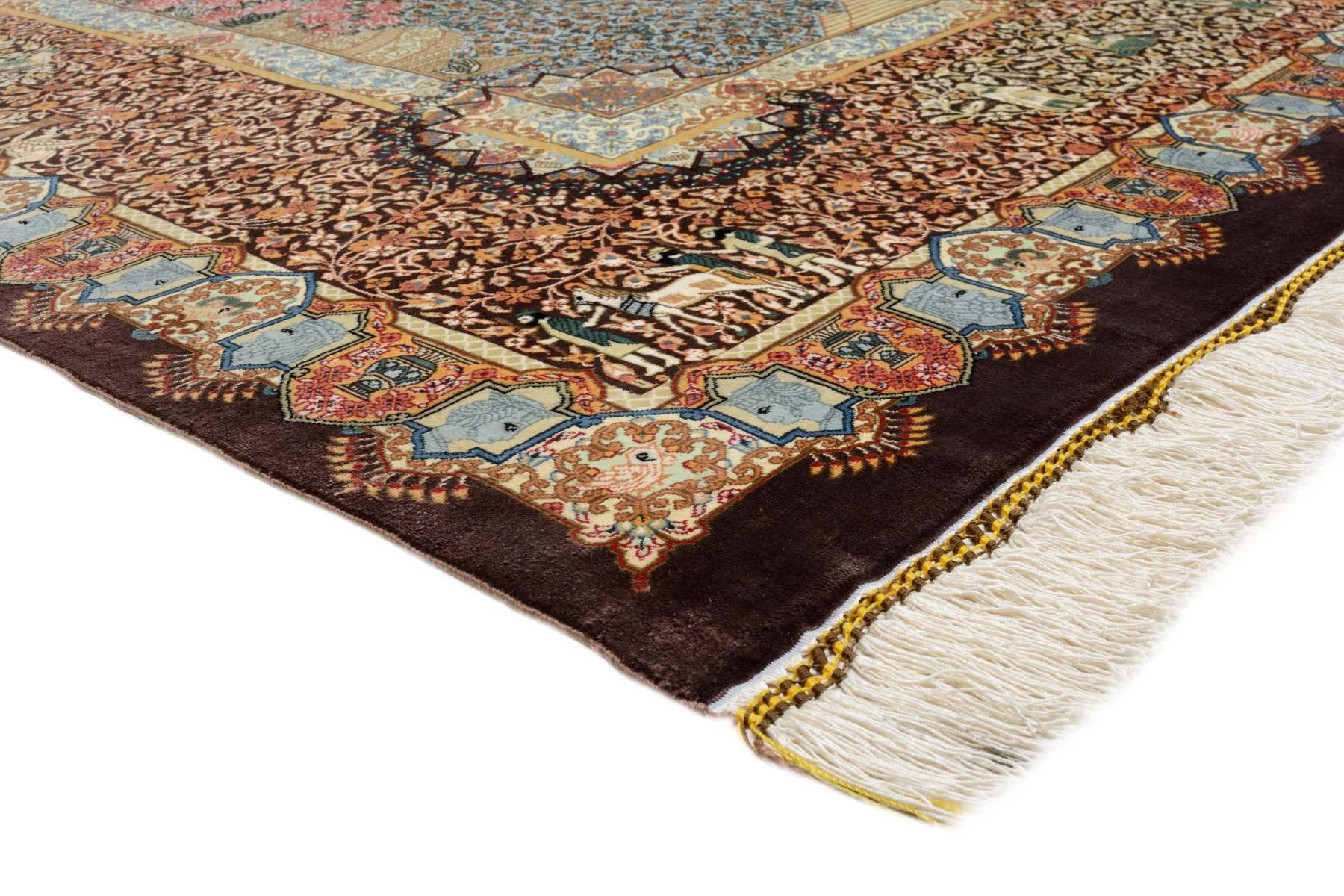

Articles
How To Identify Antique Persian Rugs
Modified: October 18, 2024
Looking for articles on how to identify antique Persian rugs? Discover expert tips and insights on recognizing authentic pieces and distinguishing valuable rugs from replicas.
(Many of the links in this article redirect to a specific reviewed product. Your purchase of these products through affiliate links helps to generate commission for Storables.com, at no extra cost. Learn more)
Introduction
Welcome to the fascinating world of antique Persian rugs! These exquisite masterpieces have captivated collectors, designers, and enthusiasts around the globe for centuries. Each rug tells a story, reflecting the rich cultural heritage of Persia and showcasing the meticulous craftsmanship of skilled weavers.
In this article, we will delve into the art of identifying antique Persian rugs. Whether you have recently inherited a rug or are planning to purchase one, understanding the key characteristics and evaluating its authenticity is essential.
Before we embark on this journey, it’s essential to grasp the significance of Persian rugs in history. Persia, now known as Iran, has been renowned for its rug production for thousands of years. This ancient tradition dates back to the Bronze Age, with rugs becoming an integral part of Persian culture and heritage.
A Persian rug is much more than just a floor covering; it is a work of art that reflects the creativity and artistry of its weavers. These rugs are characterized by their intricate designs, attention to detail, and the use of vibrant, natural dyes.
To better comprehend the art of identifying antique Persian rugs, it is helpful to understand the various rug-producing regions in Persia. Each region has its unique styles, designs, and weaving techniques. Some of the prominent rug-producing regions include Tabriz, Kashan, Isfahan, and Heriz, each known for its distinct aesthetic and artistic qualities.
In the following sections, we will explore several key factors that can help in identifying antique Persian rugs. From evaluating the materials used to examining the construction and design, we will provide you with the knowledge needed to make informed assessments of rug age, origin, and condition. Additionally, we will touch upon caring for these precious heirlooms to ensure their longevity and preserve their beauty.
So, let’s embark on this journey through the intricate world of antique Persian rugs and learn how to unravel their secrets!
Key Takeaways:
- Unraveling the Secrets of Antique Persian Rugs
Delve into the rich history, intricate designs, and regional characteristics of antique Persian rugs to identify their authenticity and value, while preserving their beauty for future generations. - Nurturing Timeless Treasures
Understand the significance of materials, construction, and provenance in assessing the age and value of antique Persian rugs. Embrace proper care and seek professional restoration to safeguard these cultural heirlooms.
Read more: How To Value Persian Rugs
Understanding Persian Rugs
Historical Background
Persian rugs have a rich and storied history that spans thousands of years. The art of rug weaving in Persia dates back to ancient times, with evidence of its existence found as early as 500 BCE. These rugs were not only functional floor coverings but also symbols of prestige and wealth, often adorning the palaces of kings and the homes of nobility.
Persian rugs gained international recognition and popularity during the Safavid dynasty (1501-1736). During this time, rug making became a prominent industry, and weavers honed their skills, creating intricate designs and experimenting with different materials and techniques. The rugs produced during this period are highly sought after for their beauty and artistry.
Characteristics of Persian Rugs
Antique Persian rugs are renowned for their exquisite craftsmanship and unique characteristics. Some of the key features that differentiate them from other rugs include:
- Handmade: Persian rugs are meticulously handcrafted by skilled weavers, ensuring the highest level of quality and attention to detail.
- Natural Materials: Authentic Persian rugs are made from natural materials, primarily wool or silk. The use of natural fibers enhances the durability and beauty of the rugs.
- Natural Dyes: Traditionally, Persian rugs were dyed using natural plant-based dyes, resulting in a wide array of vibrant and harmonious colors that age beautifully over time.
- Intricate Designs: Persian rugs are known for their intricate and elaborate designs, often featuring floral motifs, geometric patterns, medallions, and intricate borders. These designs are culturally significant and reflect the artistic traditions of the region.
- Fine Knotting: Persian rugs are generally woven with a high knot count, resulting in a dense and luxurious texture. The knotting technique used varies depending on the region and the style of the rug.
Significant Rug-Producing Regions in Persia
Persia is home to several significant rug-producing regions, each with its distinct style and characteristics. Some of the prominent rug-producing regions include:
- Tabriz: Located in the northwestern part of Iran, Tabriz is known for producing high-quality rugs with intricate designs. Tabriz rugs often feature detailed motifs, including floral patterns and pictorial scenes.
- Kashan: Kashan, situated in central Iran, has a long history of producing fine Persian rugs. Kashan rugs are famous for their elegant and refined designs, often featuring intricate floral and arabesque patterns.
- Isfahan: Isfahan, a cultural and historical hub, is renowned for its exquisite rugs. Isfahan rugs are characterized by their exceptional craftsmanship, intricate designs, and use of silk threads, resulting in a luxurious and lustrous appearance.
- Heriz: From the northwestern part of Iran, Heriz rugs are known for their bold and geometric patterns. These rugs often feature large medallions, vibrant colors, and a durable construction.
Understanding the historical background, characteristic features, and significant rug-producing regions of Persian rugs provides a solid foundation for identifying and appreciating these timeless works of art. In the following sections, we will delve deeper into evaluating rug materials, examining construction and design, and assessing the age and origin of antique Persian rugs.
Read more: How Expensive Are Persian Rugs
Evaluating Rug Materials
Types of Materials Used in Antique Persian Rugs
One of the key factors in identifying antique Persian rugs is assessing the materials used in their construction. Traditional Persian rugs were predominantly made from wool, silk, or a combination of both. Understanding the characteristics of these materials can help determine the authenticity and quality of the rug.
Wool: Wool is the most commonly used fiber in Persian rug weaving. It is appreciated for its durability, resilience, and natural ability to repel stains. High-quality Persian rugs often use hand-spun, fine wool, resulting in a soft and plush texture. The density of the wool fibers contributes to the rug’s overall weight and durability.
Silk: Silk is a luxurious and highly prized material used in the creation of Persian rugs, particularly in more intricate and finely woven pieces. Silk fibers lend the rug a lustrous sheen and a smooth texture. Silk Persian rugs are often regarded as works of art and are typically more expensive than their wool counterparts.
Identifying Natural Dyes
The use of natural dyes is another crucial aspect in evaluating the authenticity and value of antique Persian rugs. Traditionally, Persian rugs were dyed using organic and plant-based dyes, resulting in rich, vibrant colors that age gracefully over time. These natural dyes offer a depth and subtlety not easily replicated by synthetic dyes.
Identifying natural dyes can be challenging, but a trained eye can distinguish them from synthetic dyes. One way to identify natural dyes is to look for color variations in the yarns. Natural dyes tend to possess a subtle irregularity in hue, while synthetic dyes often produce more uniform and saturated colors.
Additionally, natural dyes may also change over time due to exposure to light and other environmental factors. This aging process can manifest as a mellowing of colors or the development of a beautiful patina, enhancing the rug’s overall aesthetic appeal.
Examining the Quality of Wool and Silk Fibers
When evaluating the quality of the rug’s fibers, it is crucial to examine both the wool and silk, if present. Here are some key factors to consider:
- Texture: High-quality wool and silk fibers should feel luxuriously soft and smooth to the touch. They should not feel coarse or rough.
- Lustre: Silk fibers should have a natural sheen and lustrous appearance. Reflections of light on silk fibers should be clear and bright.
- Strength: Both wool and silk fibers should possess strength and resilience. They should not break easily when pulled or stretched gently.
- Consistency: The yarns should have consistent thickness and evenness throughout the rug. Irregularities in thickness can indicate a lower quality rug.
Taking the time to evaluate the materials used in antique Persian rugs, including the types of fibers and the quality of dyes, plays a vital role in understanding their worth and ensuring their authenticity. In the next section, we will delve into examining the construction and design aspects of Persian rugs.
Read more: How To Identify Antique Vases
Examining Rug Construction and Design
Understanding Rug Weaving Techniques
Examining the construction of an antique Persian rug provides valuable insights into its authenticity and quality. Persian rugs are typically woven using one of two primary techniques: the symmetrical knot, also known as the Persian or Senneh knot, and the asymmetrical knot, also known as the Turkish or Ghiordes knot.
Symmetrical Knot: The symmetrical knot is created by passing the yarn over and under two warp threads and then tying it in the middle. This technique results in a more compact and durable weave, with the knots appearing uniform and aligned in both directions.
Asymmetrical Knot: The asymmetrical knot is formed by passing the yarn over one warp thread and under the neighboring warp thread before being brought back to the surface and tied. This technique creates a more open weave and typically results in a slightly more elongated knot shape.
Identifying Knot Types
Identifying the type of knot used in a Persian rug can provide insights into its origin and weaving tradition. In addition to the knot technique, there are two main types of knot used in Persian rugs:
- Single Knot: Also known as the Persian or Sehna knot, the single knot is used in many Persian rugs. Each pile knot is tied individually around a single warp thread.
- Double Knot: The double knot, also called the Jufti knot, is formed by tying two successive yarns around paired warp threads. This knotting technique is often used in areas where speed and efficiency are prioritized over intricate detail.
Analyzing Rug Patterns and Motifs
Persian rugs are renowned for their intricate patterns and motifs, each carrying its own cultural and symbolic significance. Analyzing the design elements of a Persian rug can provide important clues about its origin and style.
Common patterns and motifs found in Persian rugs include:
- Floral Designs: The use of flowers and botanical elements is prevalent in Persian rug designs. Different flowers, such as roses, lotus flowers, and tulips, symbolize various qualities and meanings.
- Geometric Patterns: Persian rugs often feature geometric shapes, including medallions, diamonds, and polygons. These patterns are influenced by Islamic art and architecture.
- Animal Motifs: Animals, such as birds, leopards, and dragons, are commonly depicted in Persian rug designs. Each animal carries symbolic meanings and represents different virtues.
- Pictorial Scenes: Some Persian rugs feature detailed pictorial scenes, depicting historical events, mythological stories, or everyday life scenes. These rugs are highly prized for their narrative qualities and artistic merit.
The complexity and level of detail in the rug’s patterns and motifs can contribute to its value and rarity. Additionally, regional variations in design elements can help identify the origin of a Persian rug.
Examining the construction techniques, knot types, and design elements of a Persian rug provides valuable insights into its authenticity, origin, and craftsmanship. In the next section, we will explore how to assess the age and origin of antique Persian rugs.
Read more: How To Identify Authentic Antique Porcelain
Assessing Rug Age and Origin
Identifying Rug Age through Physical Characteristics
Determining the age of an antique Persian rug can be a challenging task. However, there are physical characteristics that can provide valuable clues about its age:
- Wear and Patina: Over time, rugs naturally develop wear and a unique patina. Look for areas of the rug that show signs of wear, such as the pile being worn down or threadbare areas. Additionally, authentic antique rugs may have a mellowing of colors or a softening of designs.
- Abbrash: Abbrash refers to variations in color tones within a rug. Older rugs often exhibit abbrash due to variations in dye lots or the use of natural dyes. These subtle color variations can indicate that the rug is older.
- Condition: The overall condition of the rug can also give clues to its age. Antique rugs may have repaired areas, signs of natural aging, or restoration work. They may also exhibit signs of heavy use or fading, which can indicate their age.
Researching Rug Origins and Provenance
Researching the origins and provenance of an antique Persian rug can provide valuable insights into its history and value. Some avenues to explore include:
- Historical Records: Consult historical records, books, and archival sources to find information about specific rug-producing regions, workshops, or renowned weavers. These sources can help establish a timeline for the rug’s production.
- Expert Opinions: Seek the guidance of reputable rug experts, appraisers, or dealers who specialize in antique Persian rugs. They can provide valuable insights into the origins and historical context of the rug.
- Provenance: If the rug has a documented provenance, such as ownership history or authentication certificates, it can provide additional credibility and add value to the rug.
Authenticating a Persian Rug’s Origin
Authenticating the origin of a Persian rug is vital in determining its value and ensuring its authenticity. Some factors to consider include:
- Regional Design and Characteristics: Familiarize yourself with the design elements, motifs, and weaving techniques associated with different rug-producing regions in Persia. Each region has its unique style and characteristics that can help narrow down the rug’s origin.
- Knot Type and Construction: Examine the type of knot used, as well as the weaving techniques employed in the rug. Different regions have distinctive knot styles and construction methods that can provide clues about the rug’s origin.
- Documentation and Provenance: Look for any documentation or provenance that validates the rug’s origin. This can include labels, certificates of authenticity, or information passed down through generations.
It is worth noting that authenticating the origin of a Persian rug can be complex and requires a combination of knowledge, research, and expert opinions. Consulting with rug experts or appraisers is recommended to ensure accurate identification and authentication.
By assessing the physical characteristics, researching origins and provenance, and authenticating a Persian rug’s origin, you can gain a deeper understanding of its age and historical significance. In the next section, we will explore how to determine the condition and value of antique Persian rugs.
Read more: How To Store A Persian Rug
Determining Rug Condition and Value
Evaluating Rug Condition and Restoration
Assessing the condition of an antique Persian rug is essential when determining its value. Consider the following factors:
- Pile Wear: Examine the pile of the rug for signs of wear, such as thinning or threadbare areas. Wear is expected in older rugs, but excessive wear can significantly impact the rug’s value.
- Stains and Damage: Inspect the rug for stains, spots, or visible damage. Stains from spills or pet accidents can impact the rug’s appearance and value. Look for any signs of moth damage, holes, or repairs.
- Structural Integrity: Check the rug’s fringe, edges, and corners for any signs of unraveling or damage. Look for loose threads, unraveling knots, or weakened foundation threads.
- Restoration: Determine if the rug has undergone any restoration or repairs. Restoration work, when done professionally, can help preserve the rug’s integrity. However, poorly executed repairs can diminish its value.
Factors Affecting the Value of Antique Persian Rugs
Several factors influence the value of antique Persian rugs. Consider the following elements when assessing their worth:
- Age and Rarity: Older rugs, especially those from renowned rug-producing regions, are generally more valuable. Exceptionally rare or hard-to-find designs can command higher prices.
- Quality and Craftsmanship: The overall quality, craftsmanship, and level of detail in the rug’s design contribute to its value. Fine knotting, intricate patterns, and the skill of the weaver all play a role in determining value.
- Materials and Dyes: The use of high-quality materials, such as fine wool or silk, and the presence of natural, plant-based dyes can increase a rug’s value. Natural dyes are generally more desirable and are associated with superior color quality.
- Provenance and Historical Significance: Rugs with documented provenance, such as those belonging to notable collections or with a notable historical context, can command higher prices.
Appraising the Market Value of Persian Rugs
Determining the market value of antique Persian rugs requires a comprehensive appraisal. Consider the following methods:
- Consulting Experts: Seek the expertise of reputable rug appraisers, dealers, or auction houses with experience in Persian rugs. These professionals can assess the rug’s condition, origin, and market demand to provide an accurate valuation.
- Comparative Market Analysis: Research recent sales of similar antique Persian rugs to ascertain their market value. Online auction platforms, specialty rug dealers, and rug exhibitions can provide insights into current market trends and prices.
- Condition Reports: If buying or selling through an auction or gallery, request a detailed condition report that highlights any flaws, repairs, or damage to facilitate an accurate appraisal.
It is important to note that market values for antique Persian rugs can fluctuate and are influenced by supply and demand dynamics. Collectors, interior designers, and rug enthusiasts all contribute to the market demand, which can impact the value of these prized works of art.
By evaluating the condition, understanding the factors affecting value, and appraising the market value of Persian rugs, you can make informed assessments and decisions when buying, selling, or valuing these timeless treasures.
Caring for Antique Persian Rugs
Tips for Proper Rug Maintenance
Proper care and maintenance are crucial to preserve the beauty and longevity of antique Persian rugs. Here are some tips to keep them in optimal condition:
- Regular Cleaning: Vacuum your rug regularly to remove loose dirt and dust. Use a vacuum cleaner with a brushless suction head to avoid damaging the fibers. Be sure to vacuum both sides of the rug.
- Avoid Direct Sunlight: Protect your rug from prolonged exposure to direct sunlight, which can cause fading and deterioration. If possible, rotate your rug periodically to ensure even exposure to sunlight.
- Rug Padding: Place a rug pad underneath the antique Persian rug to provide cushioning, prevent slipping, and reduce friction. Using a pad also helps to distribute the weight evenly, minimizing wear and tear.
- Rotate Occasionally: Rotate your rug periodically, especially if it receives heavy foot traffic. This helps prevent uneven wear and fading, ensuring the rug ages gracefully.
- Avoid Moisture: Keep your rug dry and avoid placing it in damp areas to prevent mold and mildew. If spills occur, blot them immediately with a clean, absorbent cloth.
Cleaning and Storage Recommendations
Proper cleaning and storage are crucial for the preservation of antique Persian rugs. Consider the following recommendations:
- Professional Cleaning: Periodically, have your antique Persian rug professionally cleaned by a reputable rug cleaning service. They have the expertise and equipment to clean and restore delicate rugs without causing damage.
- Spot Cleaning: For minor spills or stains, act quickly and blot the area gently with a clean, damp cloth. Avoid rubbing or scrubbing, as it can cause the stain to spread or damage the fibers.
- Avoid Harsh Chemicals: When cleaning your rug at home, avoid using harsh chemicals or detergents that can strip away natural oils or damage the fibers. Stick to mild, pH-neutral cleaning solutions and test them in an inconspicuous area first.
- Proper Storage: If storing the rug for an extended period, ensure it is clean and completely dry. Roll the rug with the pile facing inward and wrap it in acid-free paper to protect it from dust and pests. Store it in a cool, dry area to prevent moisture damage.
Professional Rug Conservation and Restoration
In cases where your antique Persian rug requires conservation or restoration, it is crucial to seek the assistance of professional rug conservators. These experts have the knowledge and skill to repair and restore rugs using traditional techniques and materials.
When selecting a rug conservator, consider their experience, expertise, and reputation. Consultation with multiple conservators can provide a range of opinions and approaches. Always discuss the scope of work, timeline, and cost before proceeding with any restoration.
Professional conservators can address issues such as stabilizing fragile areas, reweaving damaged sections, repairing fringes and edges, and conservation of colors and fibers. Their meticulous restoration work can revive the beauty of your antique Persian rug while maintaining its historical integrity.
By following these care and maintenance tips, as well as seeking professional assistance when needed, you can ensure that your antique Persian rug remains a cherished heirloom for generations to come.
Read more: How To Identify Antique Picture Frames
Conclusion
Antique Persian rugs hold a special place in the world of art and design, captivating us with their timeless beauty, intricate designs, and rich cultural heritage. They are not merely floor coverings but intricate works of art that tell the stories of generations past.
In this comprehensive guide, we have explored the art of identifying antique Persian rugs, starting with understanding their historical background and the significant rug-producing regions in Persia. We have examined the materials used in their construction, including the types of fibers and natural dyes, and how to evaluate their quality. We dove into the details of rug construction and design, from rug weaving techniques and knot types to analyzing patterns and motifs that are indicative of their origin.
We also delved into the process of assessing rug age and origin, whether through physical characteristics that reveal their age, researching provenance and historical records, or authenticating their origin. Understanding these elements helps us appreciate the value and history behind each unique rug.
Furthermore, we explored the factors that affect the value of antique Persian rugs, such as their age, quality, craftsmanship, materials, and historical significance. We discussed the importance of proper maintenance, cleaning, and storage to ensure the longevity and beauty of these treasured rugs. In cases where restoration is necessary, we highlighted the importance of seeking professional assistance from reputable rug conservators.
It is vital to approach the world of antique Persian rugs with an informed perspective. While this guide provides a solid foundation in understanding and identifying these remarkable rugs, it is important to continue learning and consulting experts in the field to deepen your knowledge and appreciation.
Antique Persian rugs are not only masterpieces to be admired; they connect us to a rich cultural heritage, tell stories of ancient traditions, and bring warmth and beauty into our homes. By embracing their intricacies and caring for them with diligence, we can ensure that these magnificent works of art continue to be cherished for generations to come.
Frequently Asked Questions about How To Identify Antique Persian Rugs
Was this page helpful?
At Storables.com, we guarantee accurate and reliable information. Our content, validated by Expert Board Contributors, is crafted following stringent Editorial Policies. We're committed to providing you with well-researched, expert-backed insights for all your informational needs.
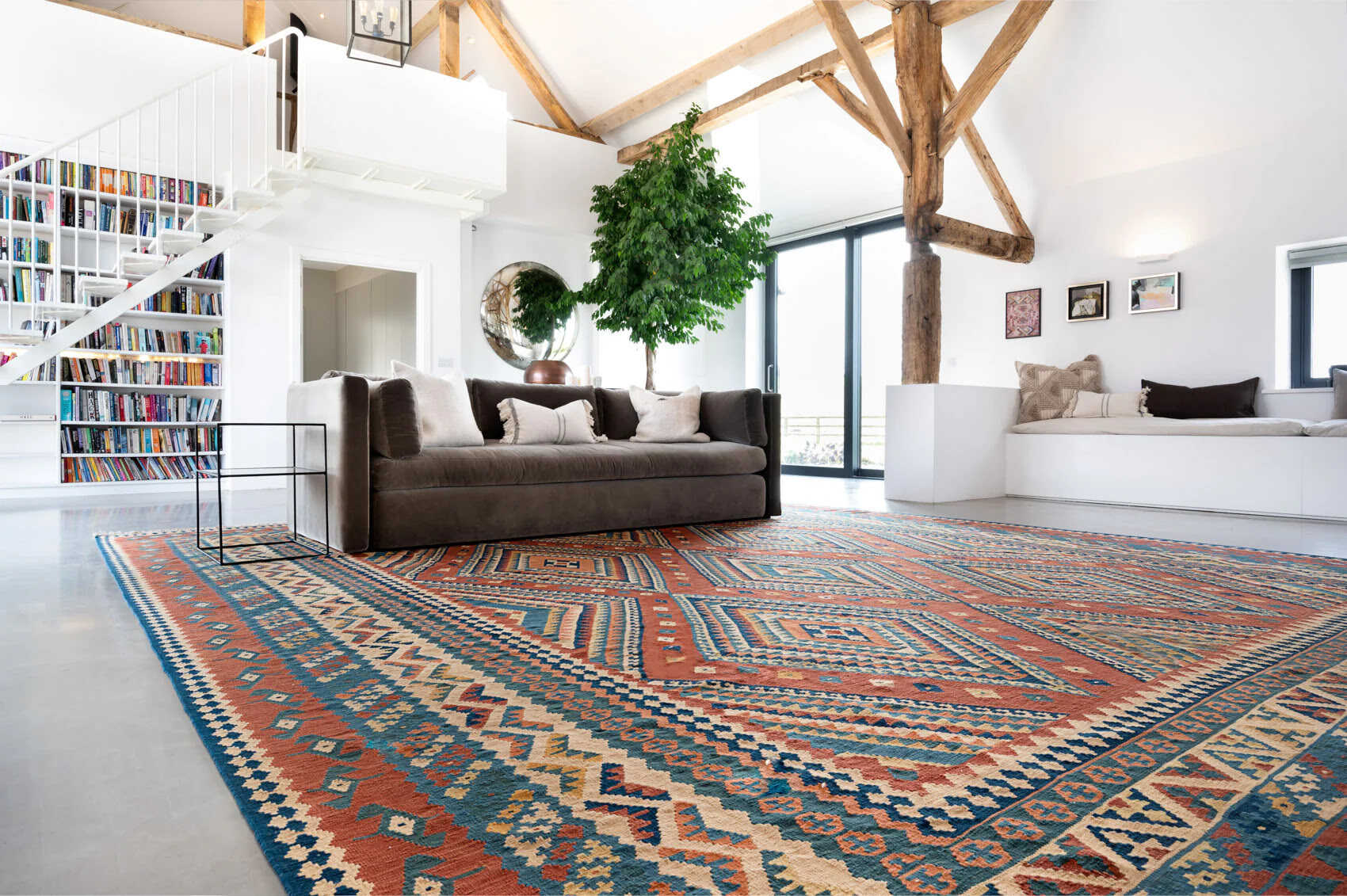
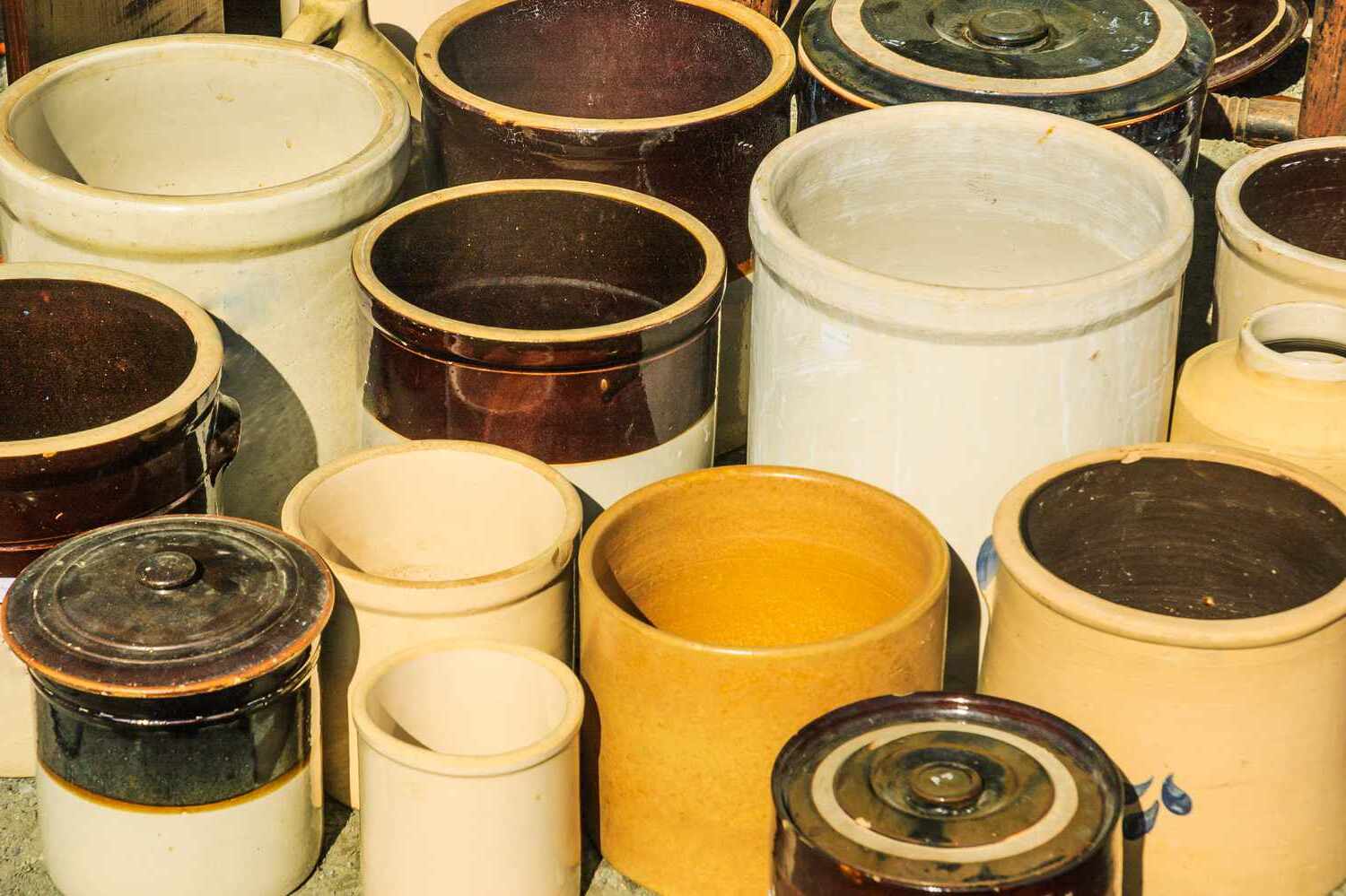
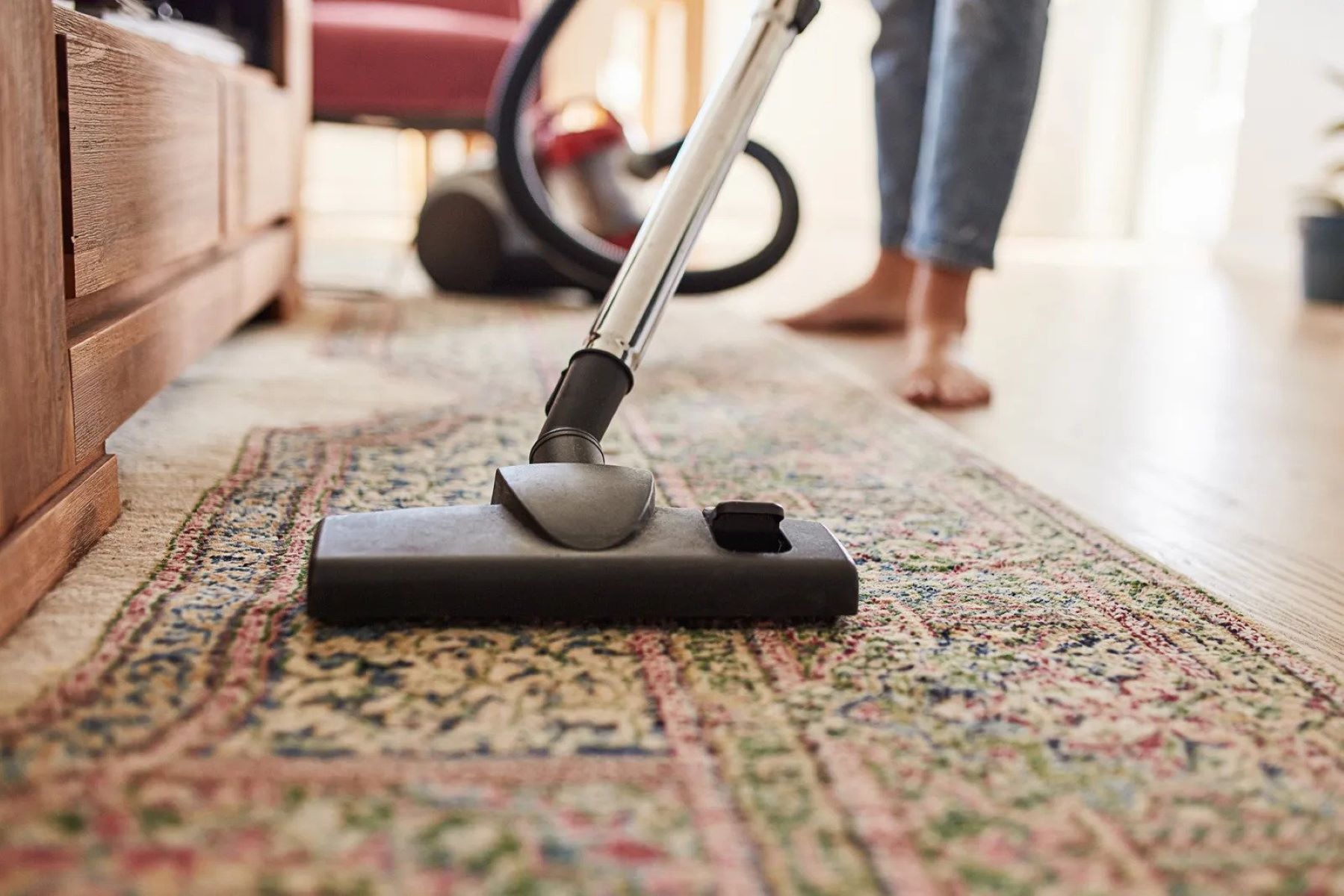
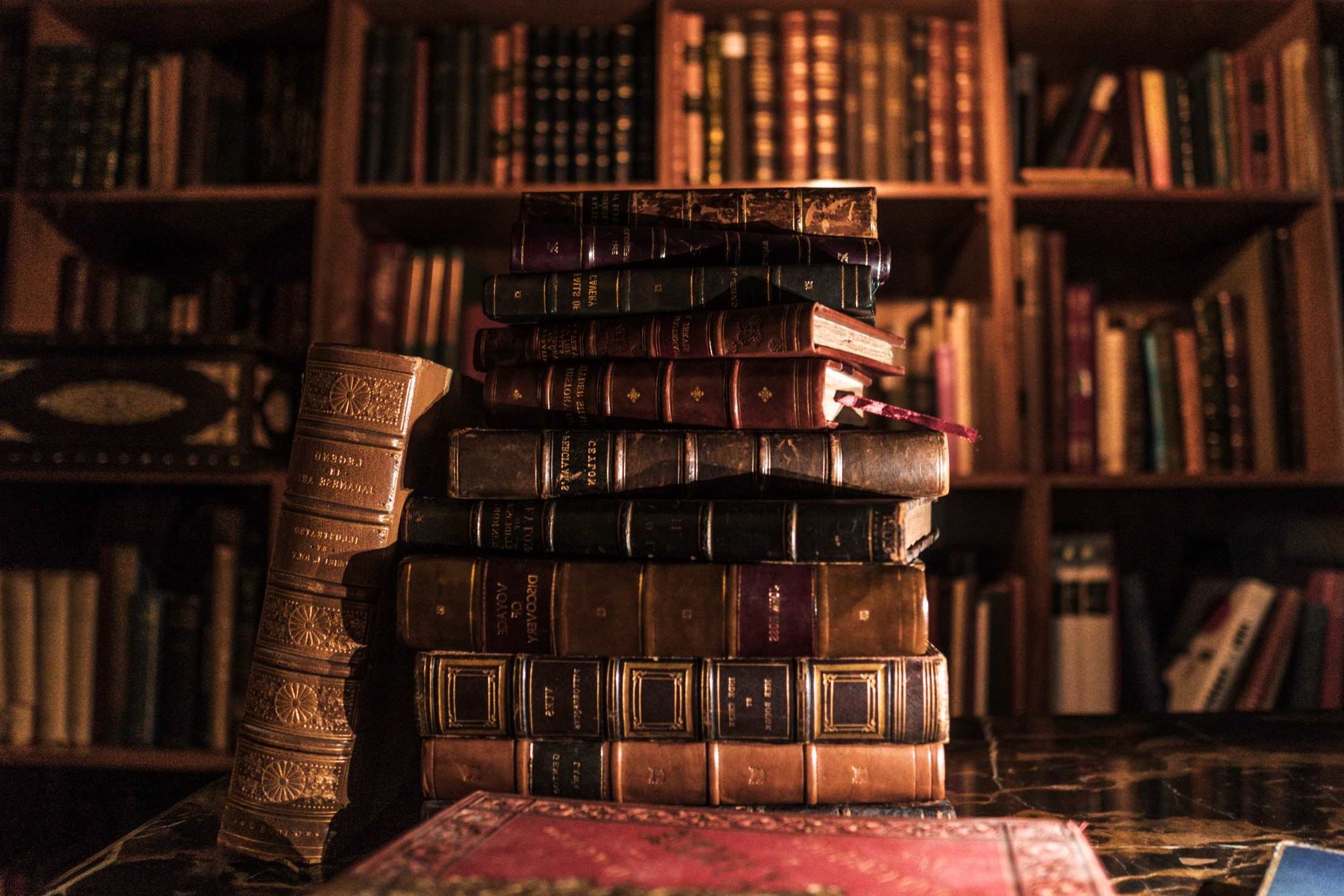
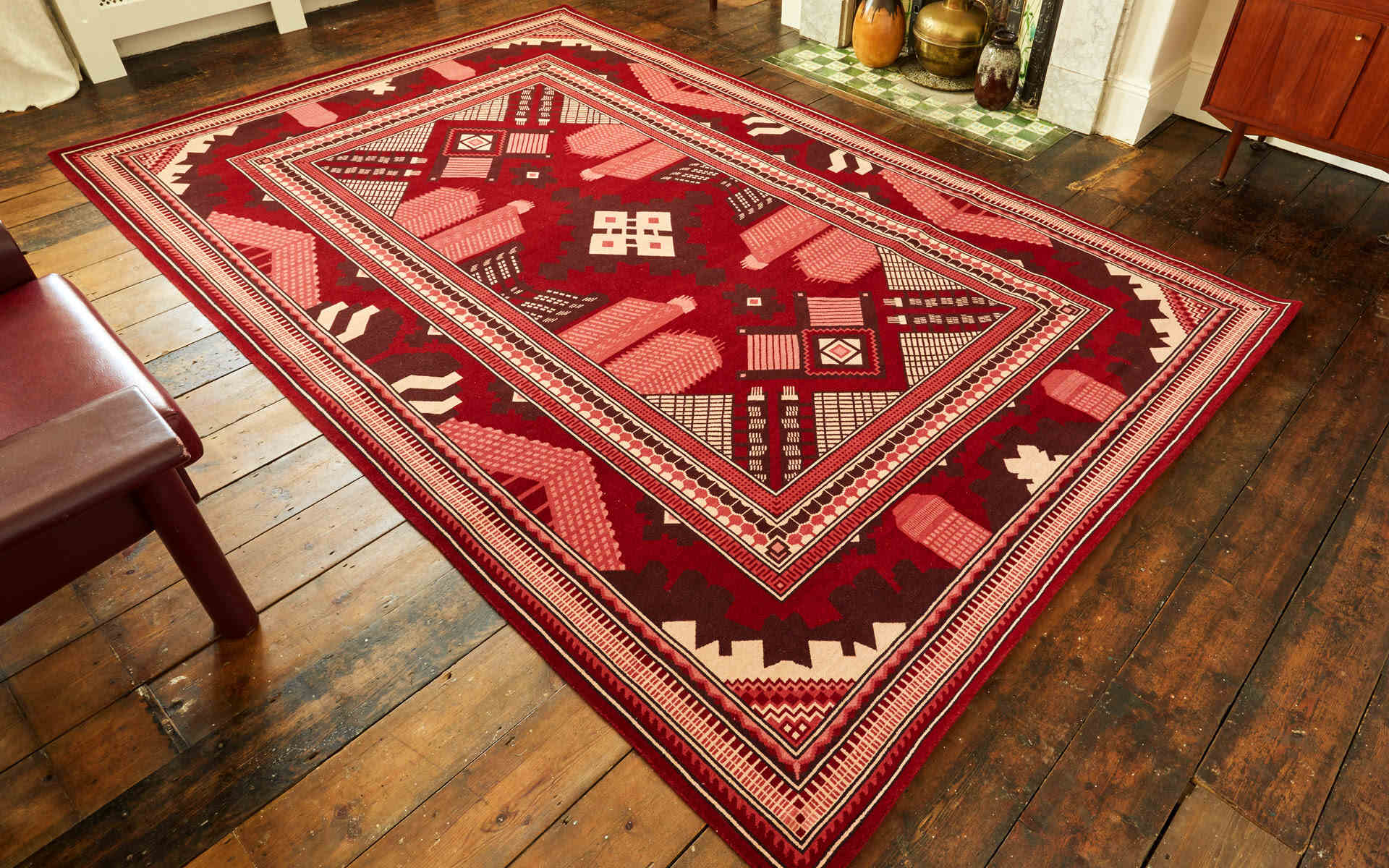
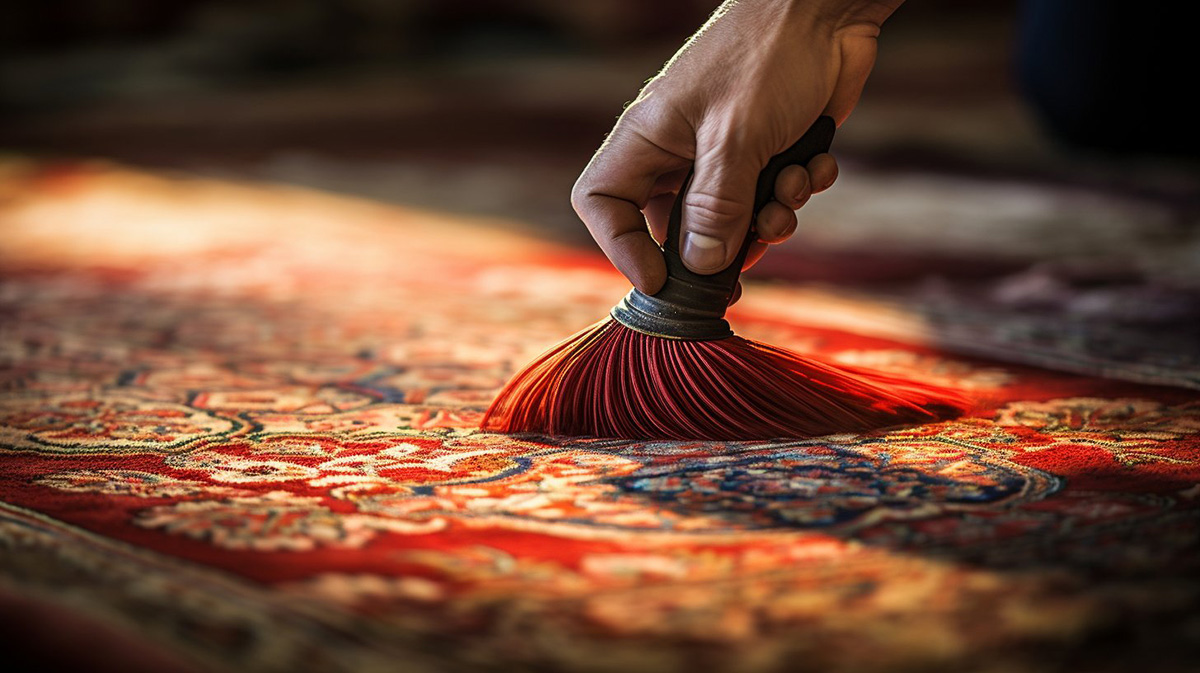
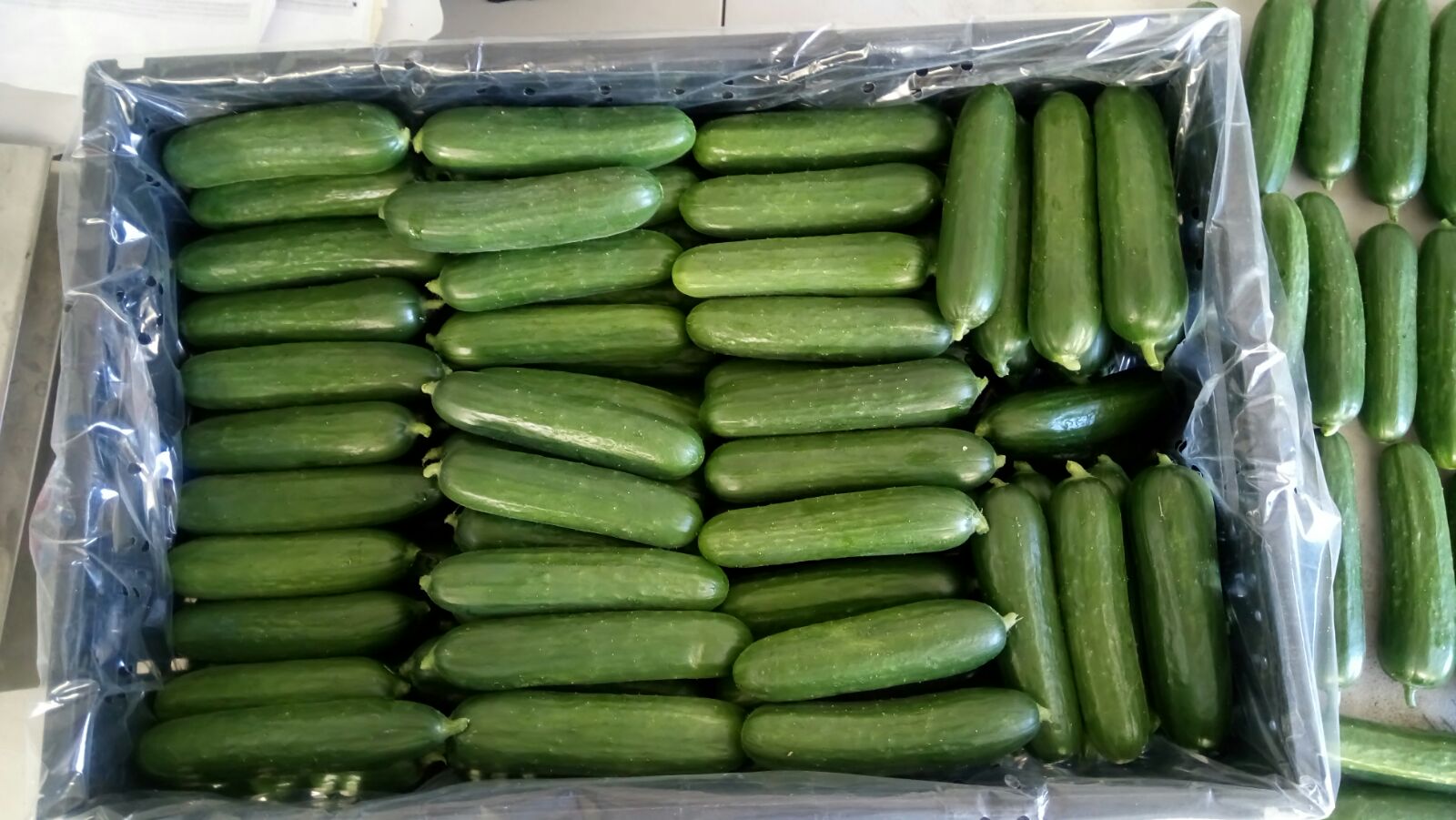
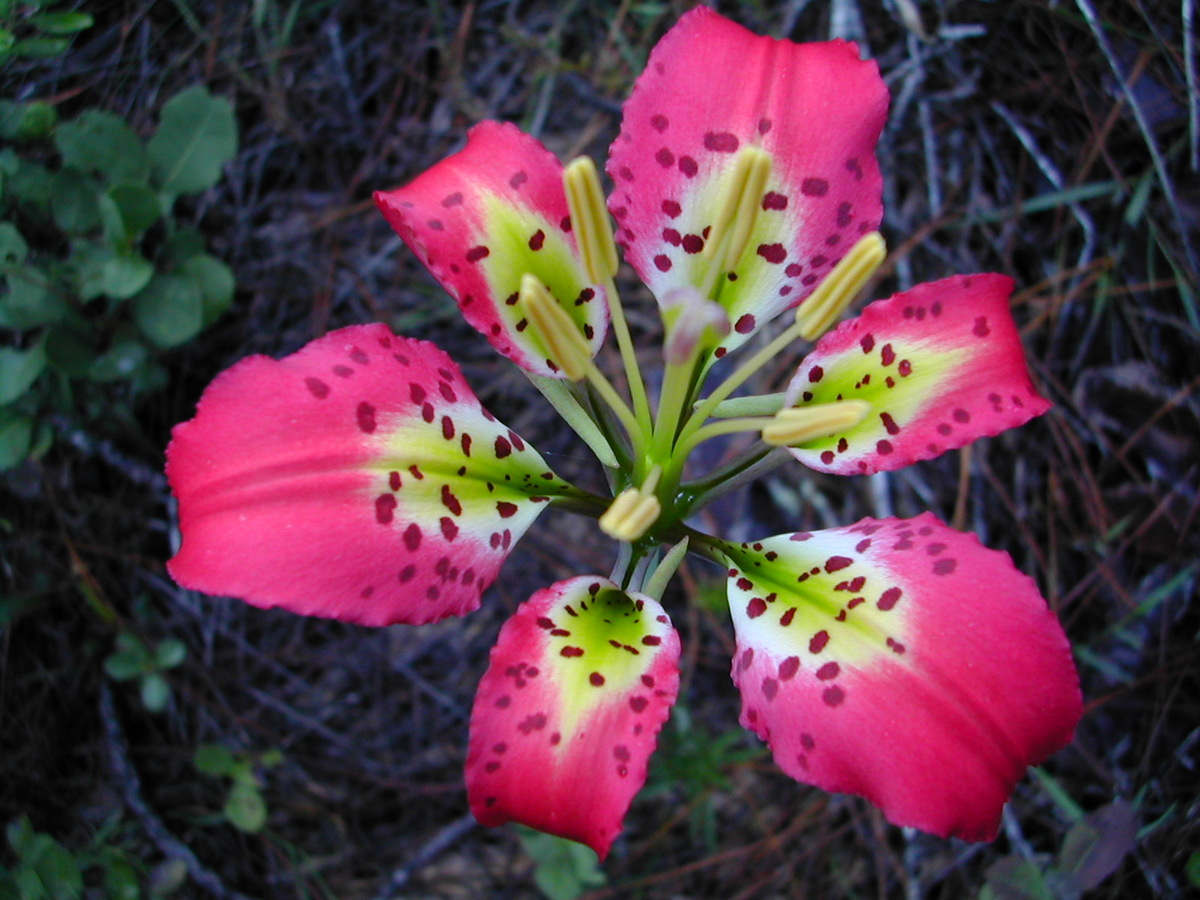
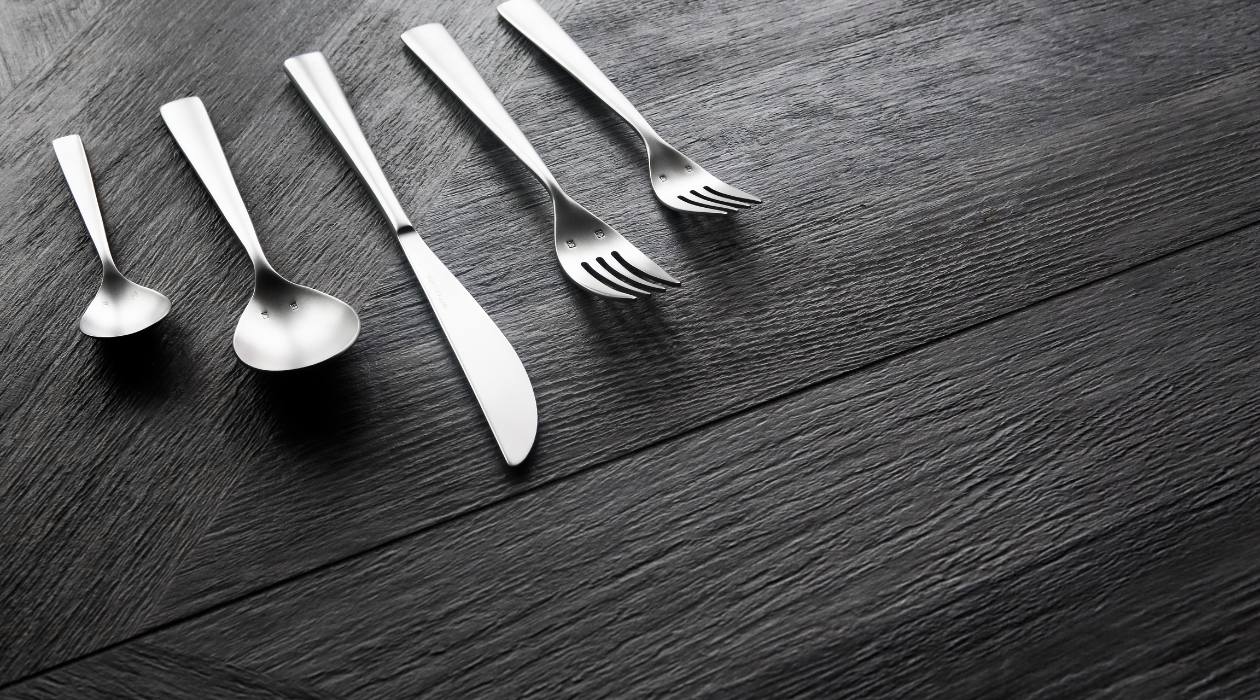

0 thoughts on “How To Identify Antique Persian Rugs”